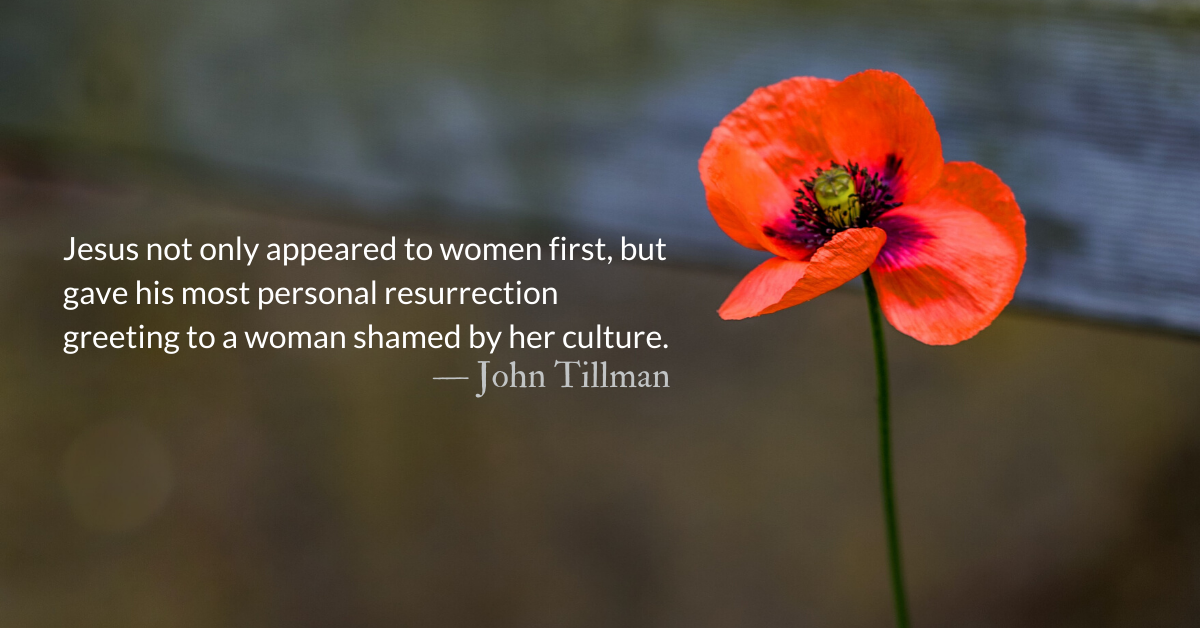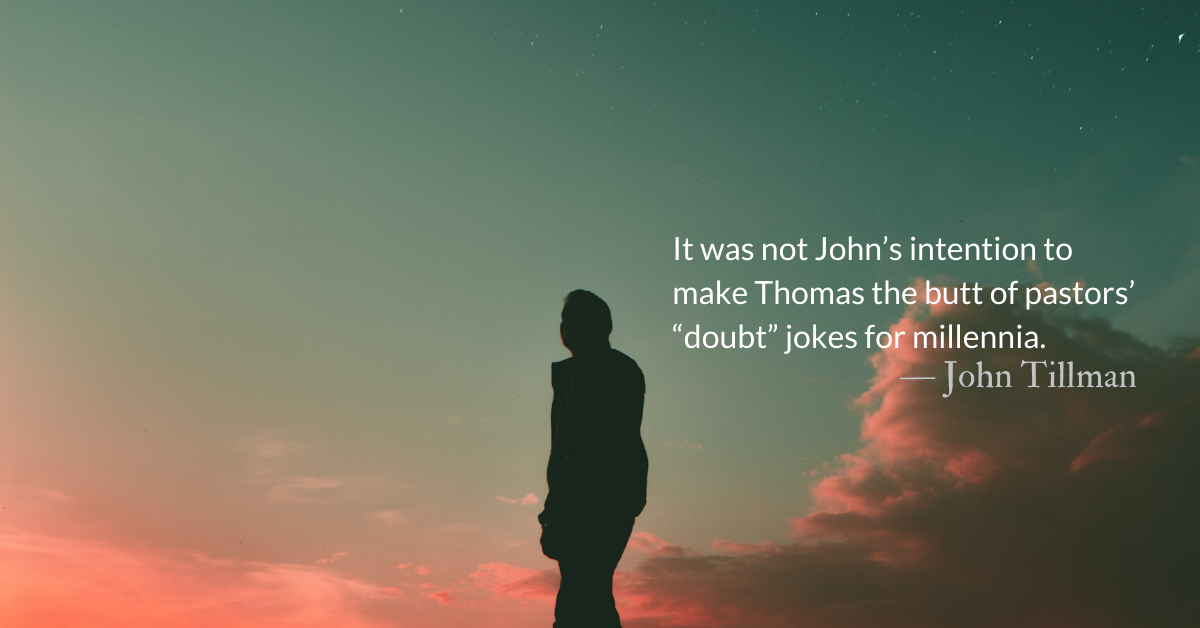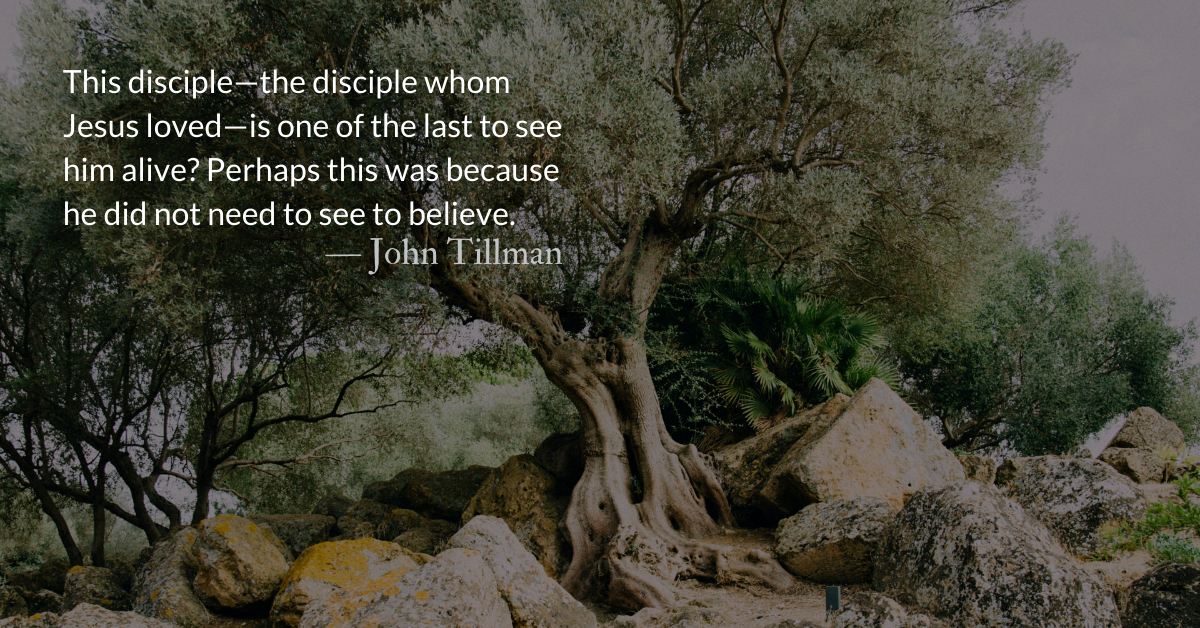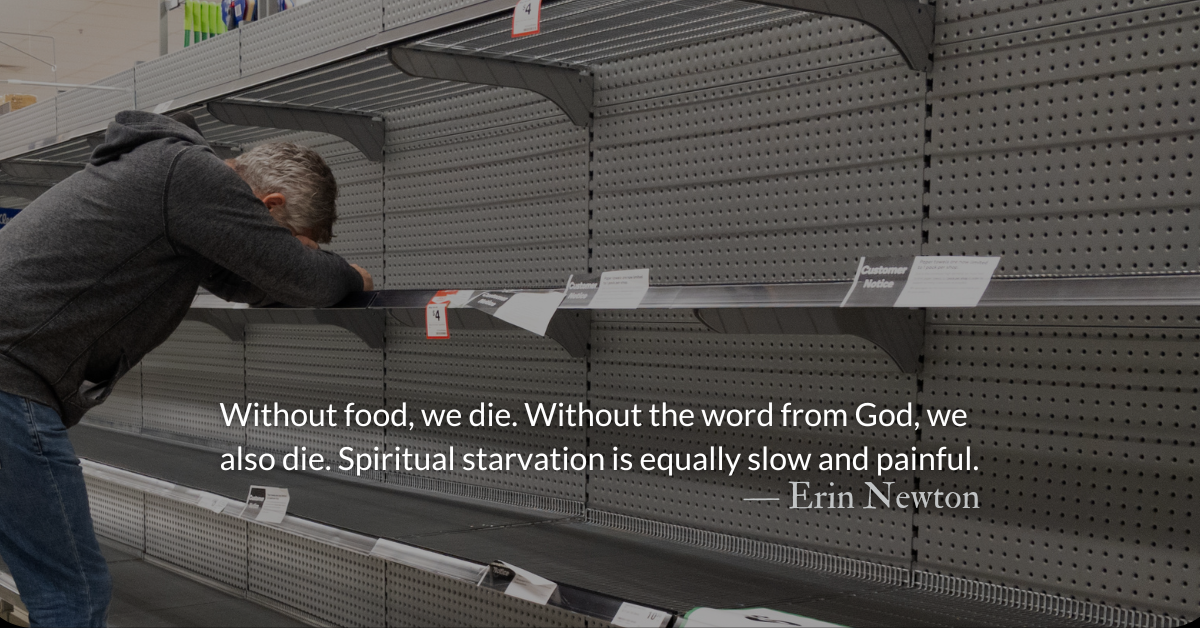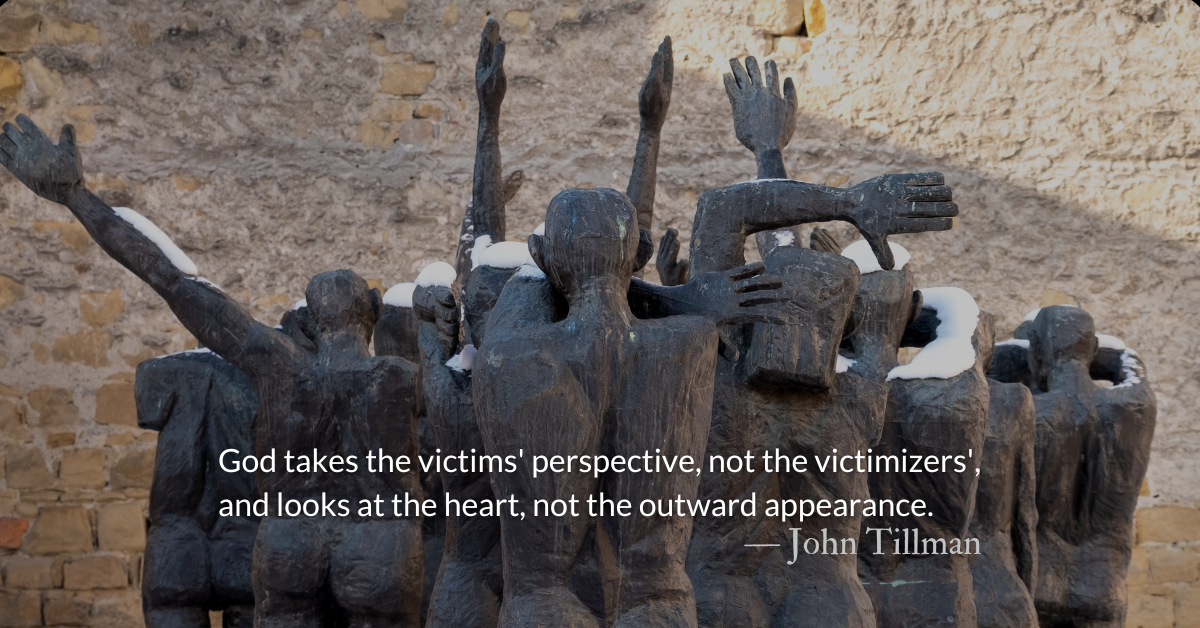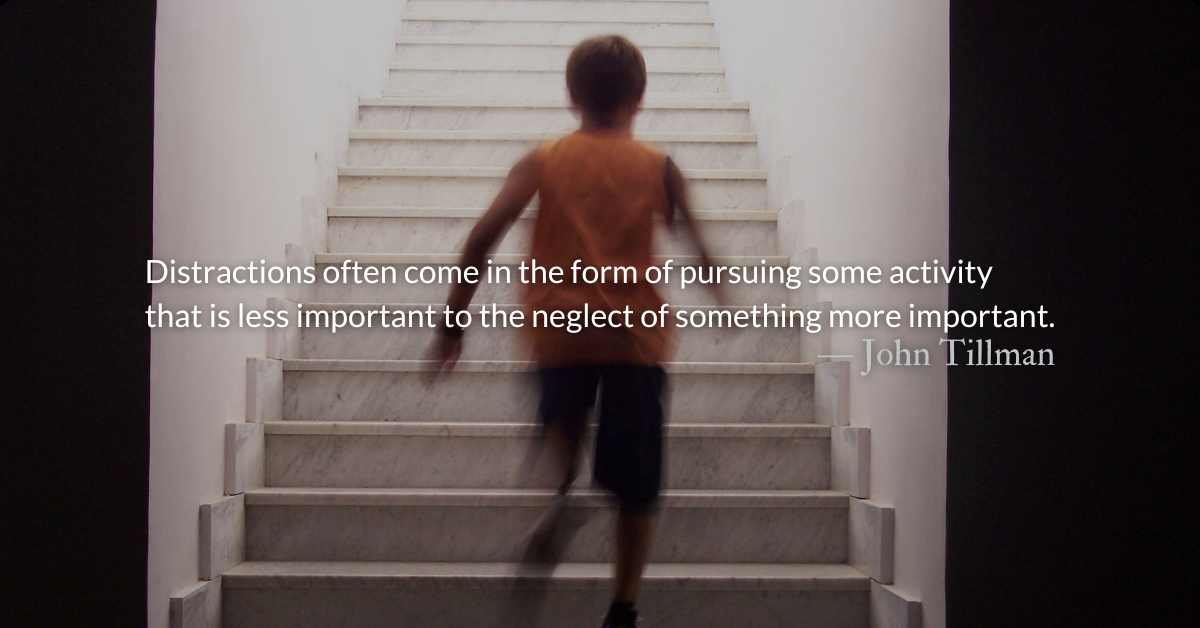,
Scripture Focus: John 20.15
15 He asked her, “Woman, why are you crying? Who is it you are looking for?”
John 21.5
5 He called out to them, “Friends, haven’t you any fish?”
“No,” they answered.
Luke 24.17
17 He asked them, “What are you discussing together as you walk along?”
Reflection: The Interruptions of Easter
By John Tillman
Some of my favorite words about Easter were written by N.T. Wright in Surprised by Hope and we return to them frequently.
I regard it as absurd and unjustifiable that we should spend forty days keeping Lent, pondering what it means, preaching about self-denial, being at least a little gloomy, and then bringing it all to a peak with Holy Week, which in turn climaxes in Maundy Thursday and Good Friday…and then, after a rather odd Holy Saturday, we have a single day of celebration.
… Is it any wonder people find it hard to believe in the resurrection of Jesus if we don’t throw our hats in the air? Is it any wonder we find it hard to live the resurrection if we don’t do it exuberantly in our liturgies? Is it any wonder the world doesn’t take much notice if Easter is celebrated as simply the one-day happy ending tacked on to forty days of fasting and gloom? It’s long overdue that we took a hard look at how we keep Easter in church, at home, in our personal lives, right through the system. And if it means rethinking some cherished habits, well, maybe it’s time to wake up.
Eastertide is a season of the church calendar that celebrates Christ’s resurrection over 50 days leading up to Pentecost.
We don’t go back to “normal” after Easter. Normal would mean Mary Magdalene mourning and searching for Jesus’ body. Normal would mean Cleopas walking back home to Emmaus. Normal would mean Peter and his friends going back to fishing. Jesus interrupted all of that. (John 20.1-18; Luke 24.17-25; John 21.4-7)
The resurrection interrupts normal. Normal died. Jesus lives. And in him, so do we. Let Jesus continue to interrupt your normal. Let Jesus interrupt your sorrow as he did for Mary. Let him interrupt your disillusionment as he did for Cleopas. Let him interrupt your guilt as he did for Peter.
Respond to Jesus right in the middle of your fears, sorrows, doubts, and guilt. Joyfully run to preach the gospel, turn back to encourage others, leap out of your boat to swim to Christ, and learn to feed his lambs and care for his sheep.
If we are to live in Christ, it must be a new kind of living but often we trudge back into our old ways. The risen Christ has something to say to you today. Let him interrupt you.
Divine Hours Prayer: The Cry of the Church
Christ has died. Christ has risen. Christ will come again!
Today’s Readings
Amos 2 (Listen – 2:12)
John 4 (Listen -6:37)
Read more about Easter—The Happy Beginning
Easter is a season in the church calendar, not a day. But in our lives, it can be an evergreen season that blooms throughout the year
Read more about Who is this King of glory?
Jesus was not the king they were expecting. And Jesus is not the king we often wish for either.



